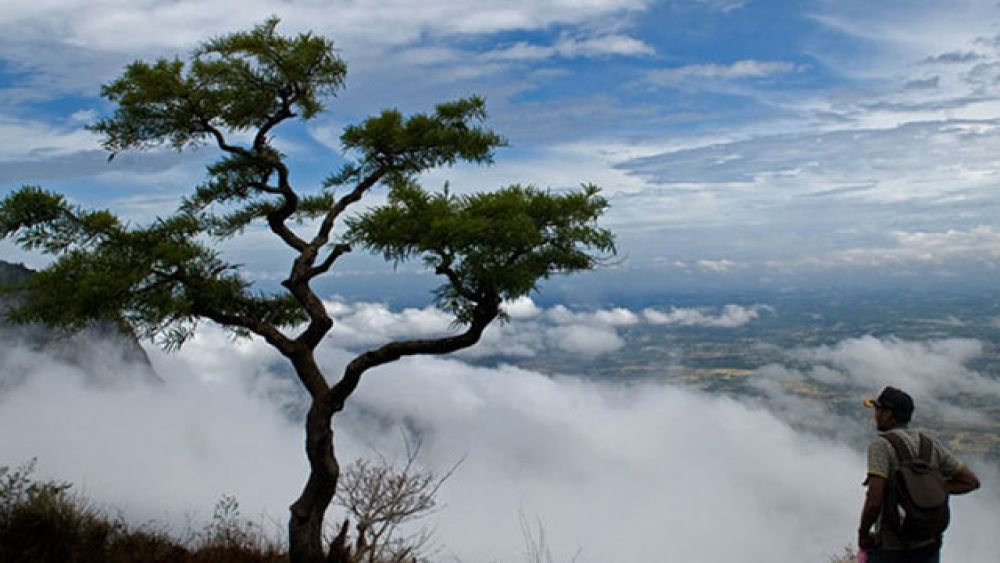

The Nelliyampathy Hills, nestled in the Western Ghats of Kerala, India, have long been a haven for nature lovers and trekkers seeking to escape the hustle and bustle of city life. This serene hill station is located in the Palakkad district, renowned for its lush tea gardens, orange cultivation, and misty mountains. The history of tourism in Nelliyampathy is as rich and varied as its landscapes.
The seeds of tourism in Nelliyampathy were planted with the arrival of British planters in the 19th century. They discovered the potential for tea and coffee plantations in these fertile hills. As they developed the plantations, the picturesque beauty of the area began to draw attention, and over the years, Nelliyampathy transitioned from a plantation hub to a sought-after destination for those looking for tranquility and natural beauty.
The establishment of the Nelliyampathy Forest Reserve further boosted tourism. The government's efforts to preserve the rich biodiversity of the region made it popular among eco-tourists. The reserve is home to a wide variety of flora and fauna, including endangered species like the lion-tailed macaque and the Indian bison.
With the increasing number of visitors, a series of developments took place to cater to the tourists' needs. Resorts, home-stays, and hotels began to emerge, offering a range of accommodations from luxury to budget-friendly options. These establishments aimed to provide guests with authentic experiences, including traditional Kerala cuisine, Ayurvedic treatments, and cultural performances.
Adventure tourism also flourished, with facilities for trekking, rock climbing, and paragliding set up to take advantage of the rugged terrain. The Pothundy Dam, Seetharkundu, and Kesavan Para became notable spots offering breathtaking views and exciting activities.
In recent years, the tourism trend in Nelliyampathy Hills has shifted towards sustainable and responsible travel. Travelers are increasingly interested in experiencing the local culture, understanding the ecological significance of the region, and contributing to conservation efforts.
Agritourism has become popular, with tourists participating in organic farming practices and learning about the cultivation of Nelliyampathy’s famous oranges and other local produce. Eco-friendly accommodations and practices are being promoted to minimize the impact of tourism on the environment.
Furthermore, wellness tourism is gaining momentum, with visitors flocking to Nelliyampathy for its serene atmosphere and the therapeutic benefits of Ayurvedic treatments in a natural setting.
The local authorities and tourism industry in Nelliyampathy are committed to preserving the hill station's natural beauty. This is evidenced by the ongoing initiatives aimed at maintaining ecological balance and promoting responsible tourism practices.
Visitors are encouraged to respect the natural habitat, avoid plastic use, and participate in local conservation efforts. This approach ensures that the Nelliyampathy Hills will continue to be a pristine and welcoming destination for future generations of travelers.
In conclusion, the history of tourism in Nelliyampathy is a testament to the timeless charm of this enchanting hill station. With responsible tourism practices in place, it continues to be a jewel in Kerala's crown, offering visitors an idyllic retreat amidst the splendor of the Western Ghats.